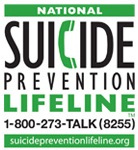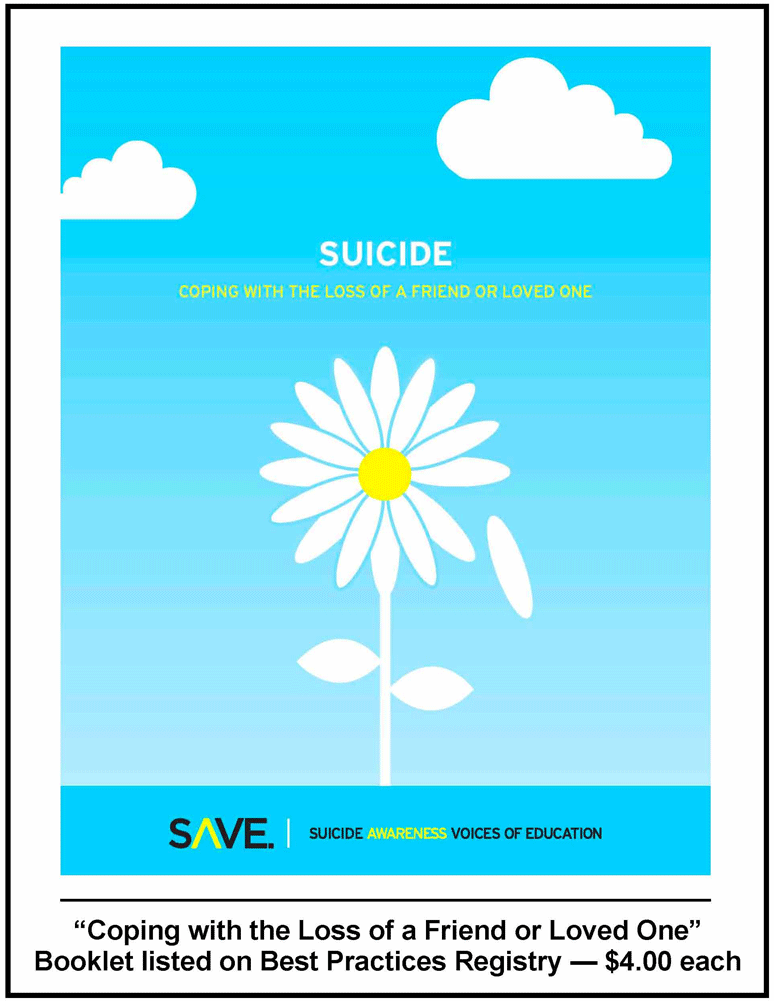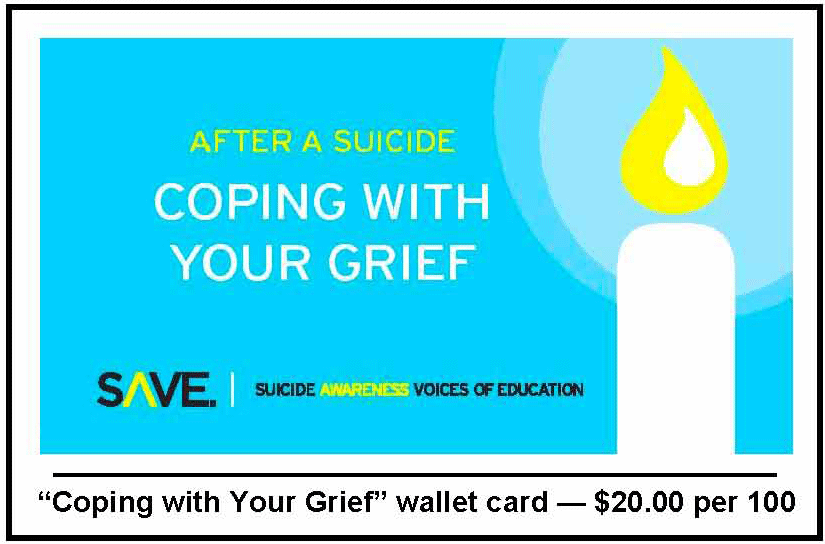'Grief after Suicide' Promises To Be Classic Text
Grief after Suicide: Understanding the Consequences and Caring for the Survivors, edited by John R. Jordan and John L. McIntosh, is a groundbreaking book featuring in-depth coverage of every aspect of suicide grief support. The book's goals, according to its editors,
are to establish not only what is known about suicide survivors and postvention efforts to assist them, but also to draw attention to vital information that is not known but would help us to better understand and assist survivors of suicide ... [including] recommendations for future research and postvention goals for the future.
The editors and more than 40 contributors to the book's chapters solidly accomplish those goals, covering in-depth and comprehensively the most up-to-date information about an impressive range of topics of interest to people working with the suicide bereaved. The editors begin by asking and attempting to answer several fundamental questions:
- The title of Chapter One asks: "Why study survivors of suicide loss?" And the editors answer: Because "considerable and compelling evidence now shows that exposure to suicide carries with it the risk ... [of] the elevated likelihood for suicide in a person exposed to the suicide of another individual ... [and because] there is also evidence of other negative psychological, physical, and social consequences of exposure to suicide."
- The title of Chapter Two poses this question: "Is suicide bereavement different?" Answer: "Recent research and theoretical advances in thanatology have led us toward what we believe is a more nuanced and satisfying way to address this issue. In short, we propose that the correct answer to the question should be 'it all depends on what aspect of the bereavement experience is being studied.'" And the editors go on to propose a view that emphasizes, at the same time, not only the differences among bereavement after all types of fatalities but also the similarities among people's grief experiences regardless of the mode of death, which indeed is a useful way, practically speaking, to approach assisting the suicide bereaved.
They follow with authoritative chapters on the impact of suicide on adults, children and adolescents, and on professional caregivers, and continue with wide-ranging coverage of how survivors can be helped, including a chapter on meaning making co-authored with Jordan by Diana Sands and Robert Neimeyer and Jordan's own chapter on "Principles of Grief Counseling with Adult Survivors," which could stand alone as a definitive primer on the subject. The chapter includes, for instance, Jordan's observations about "bearing witness" as one of the essential functions of a caregiver who is assisting a survivor of suicide loss:
The function of bearing witness to the story of the client requires a stance of humility and "beginner's mind" (a reference to Buddhist thinking that entails approaching an experience without preconception about what it means or what will happen -- in this case, about what the loss means to the client or what they will need therapeutically from the clinician) ... However, this alone is often not sufficient to help with the healing of most clients and must be counterbalanced with its exact opposite -- a clinician who knows more about the experience of traumatic loss and what the client needs than does the client him- or herself.
The editors invited contributions from more than a dozen directors of promising programs that have worked with survivors on grief issues in the United States and half a dozen program directors from around the world, which makes the book a unique survey of actual practices in the field. Included among the examples are chapters by Frank Campbell on the LOSS Team (Active Postvention Model), LaRita Archibald on HEARTBEAT Survivors after Suicide, and Jill Harrington-LaMorie and Kim Ruocco on the military-veteran focused Tragedy Assistance Program for Survivors (TAPS).
The book closes rather provocatively with a chapter titled "Going Forward: A Research Agenda for Suicide Survivors" and another titled "A Call to Action: Building Clinical and Programmatic Support for Suicide Survivors," which clearly -- and boldly -- outline ...
... considerations that are needed to move survivor research forward" and "enumerate several goals for [a] 'survivor movement' going forward over the next 10 years, and propose specific programmatic steps that we believe will continue this remarkable process of social change.
Certainly, the book is intended for clinicians and researchers, but anyone with a serious interest in supporting the suicide bereaved -- individually or organizationally -- would gain a great deal from its content, for it promises to be a classic in the field and has clearly established an important baseline for our understanding of helping survivors of suicide loss.
Review by Franklin Cook, SAVE, Director of Survivor and Bereavement Programs
This review may be linked to at http://suicidegrief.save.org/node/2973 or reprinted in its entirety without permission -- but not for commercial purposes -- as long as the author credit and copyright notice accompany the article.
© 2012, SAVE -- Suicide Awareness Voices of Education
- Franklin Cook's blog
- Log in to post comments






Recent comments